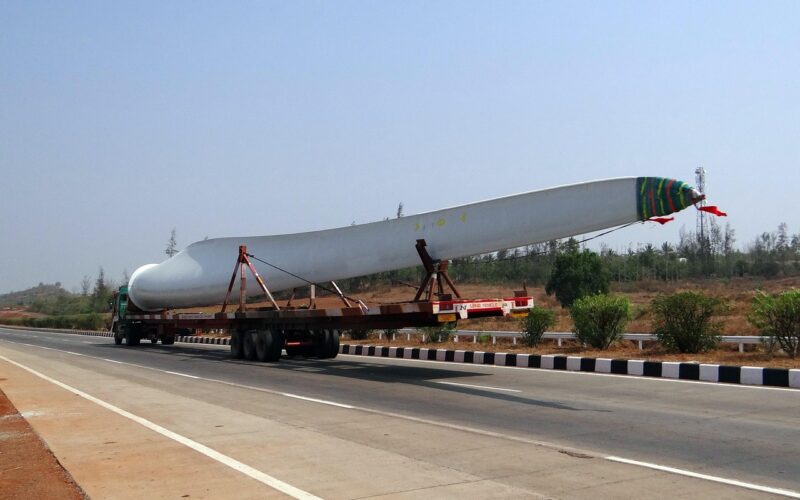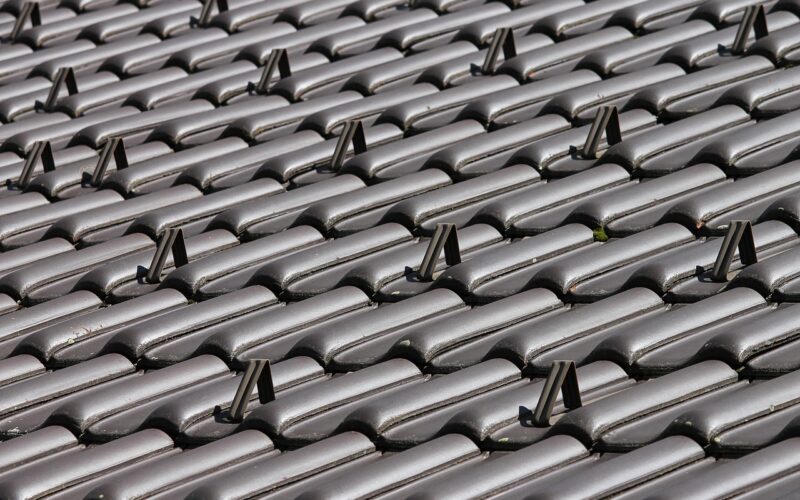A standard residential driveway is not designed to withstand the immense weight and repeated stress of heavy vehicles like lorries, motorhomes, or commercial vans. Without proper specification, a surface intended for family cars will quickly fail, leading to cracks, ruts, and costly repairs. Building a driveway capable of supporting heavy loads requires careful consideration of its entire structure, from the ground beneath to the finished surface. This involves planning for adequate thickness, a robust base, and appropriate reinforcement to ensure long-term durability and safety.
The importance of the sub-base and subgrade
The success of any heavy-duty driveway begins with what lies beneath the surface. The subgrade, which is the natural ground soil, must be properly evaluated for its load-bearing capacity. A California Bearing Ratio (CBR) test can determine this, but a simpler assessment of soil type often suffices. Clay soils, for example, are less stable than granular soils and may require additional preparation. Above the subgrade sits the sub-base, a critical load-spreading layer. For heavy vehicle traffic, a well-compacted sub-base of at least 150mm of MOT Type 1 aggregate is essential. For frequent Heavy Goods Vehicle (HGV) use, this depth should be increased to 250mm or more to distribute the weight effectively and prevent settlement.
Concrete slab thickness and reinforcement
Concrete is a common choice for heavy-use driveways due to its rigidity and strength. Slab thickness is paramount; for light commercial vehicles or occasional large deliveries, a concrete depth of 150mm is generally sufficient. However, for regular access by HGVs, a thickness of 175-200mm is recommended. Reinforcement is not optional in these applications. Steel mesh (rebar) should be embedded within the concrete slab to provide tensile strength and control cracking. An alternative is fibre reinforcement, where synthetic or steel fibres are mixed into the concrete to enhance its structural integrity throughout the slab. Proper placement of this reinforcement is crucial—it should be positioned in the upper half of the slab to be most effective against surface stresses.
Considering alternative surface materials
While concrete is a reliable option, other surfaces can be specified for heavy loads. Heavy-duty tarmac driveways, properly installed in multiple layers, offer flexibility and durability. A typical specification involves a 50-70mm binder course topped with a 30-40mm surface course of dense, hard-wearing asphalt. The key is ensuring the sub-base is constructed to the same high standard as for a concrete installation. In contrast, standard resin bound driveways are generally unsuitable for the turning forces and point loading of HGVs, as the decorative aggregate layer can be damaged. Specialised, heavy-duty resin systems exist but require expert specification and installation.
The role of drainage and joints
Water is the enemy of any pavement structure. Poor drainage can saturate the sub-base, drastically reducing its strength and leading to premature failure. The driveway surface must have an adequate fall to direct water towards suitable drainage channels or soakaways. For larger paved areas, engineered drainage solutions are necessary. Permeable driveways, which allow water to pass through the surface into a specially designed sub-base, are an excellent solution for managing surface water runoff while providing a strong platform, provided the sub-base is deep and robust enough for the anticipated loads. Additionally, control joints must be cut into large concrete slabs to manage natural expansion and contraction, preventing random, uncontrolled cracking.
Curing and long-term maintenance
The construction process doesn't end when the surface is laid. Concrete, in particular, requires a proper curing period to reach its designed strength. This involves keeping the surface moist for several days to prevent it from drying out too quickly, which can weaken it. The driveway should not be subjected to heavy vehicle traffic for at least a week, and ideally longer, to allow for full curing. Long-term maintenance involves keeping joints sealed to prevent water ingress and promptly repairing any minor cracks that appear. For tarmac driveways, periodic sealing can extend their lifespan and protect against degradation from fuel spills and weather.


























